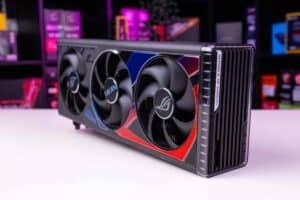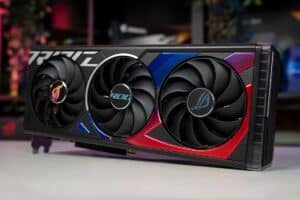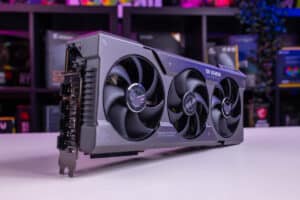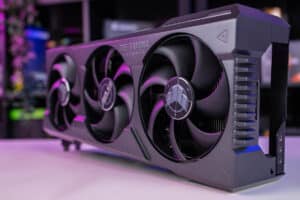Best GPU under $500 2024 – our top graphics card under 500 dollars
Now getting into a stronger price point, we find the best GPUs under $500 for a good mid-tier GPU
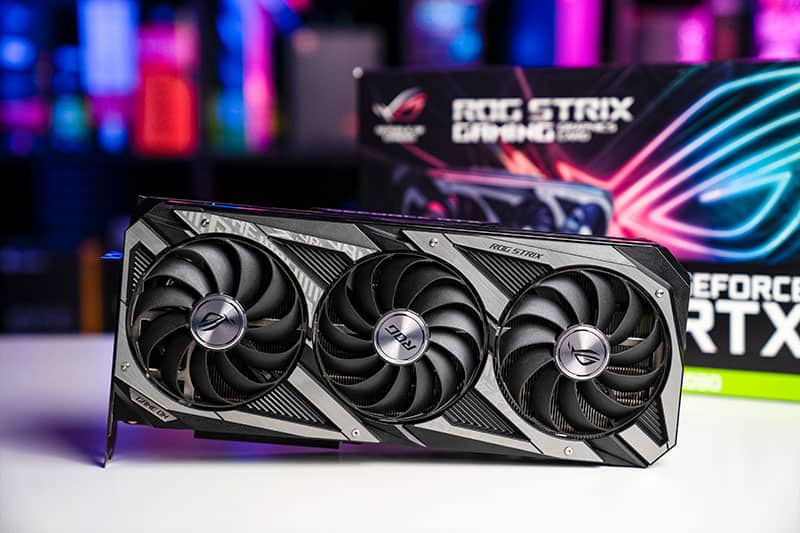
WePC is reader-supported. When you buy through links on our site, we may earn an affiliate commission. Prices subject to change. Learn more
On a limited budget, we see the best GPU under $500. Although you still can get a lot for it, as the cards in the list still have a good performance level for 1440p, and certainly 1080p. 4k might be a push for them but with some alterations and even upscaling you’re likely to fit it well into your mid-range build.
For those after a budget GPU will have something to enjoy at the price range, although is a harder spot to fulfill we provide the best range of choices. You can get a solid choice for your gaming PC build especially as things have been getting more expensive, we see the lower-tier options lacking a good choice. But particularly looking back you can find good discounts that will give you a lot better value. But for our top picks right now, the RX 7800 XT, RTX 4060 Ti 16GB, and RX 6800 XT are the top selection.
Best GPU deals
- ASUS TUF Gaming GeForce RTX 4070 Ti Super –
- XFX Speedster QICK319 Radeon RX 6750XT CORE Gaming Graphics Card with 12GB GDDR6 HDMI 3xDP, AMD RDNA 2 RX-675XYJFDP – Save 22% NOW!
- ZOTAC Gaming GeForce RTX 4060 Ti 8GB Twin Edge OC White Edition – Save 5% NOW!
- ASRock Phantom Gaming Radeon RX 7900 XTX – Save $50 now!
- GALAX GeForce RTX 4070 – Save 24% now!
- ASRock Challenger Radeon RX 7800 XT – Lowest ever price
- MSI Gaming RTX 4070 Ti X Slim 12GB – Save 14% NOW!
- ZOTAC RTX 4060 Twin Edge OC White Edition – Save 15% NOW!
- ASUS ProArt GeForce RTX 4060 OC Edition – Save 11% NOW!
- ZOTAC GeForce RTX 4070 SUPER Twin Edge –
Best GPU under $500
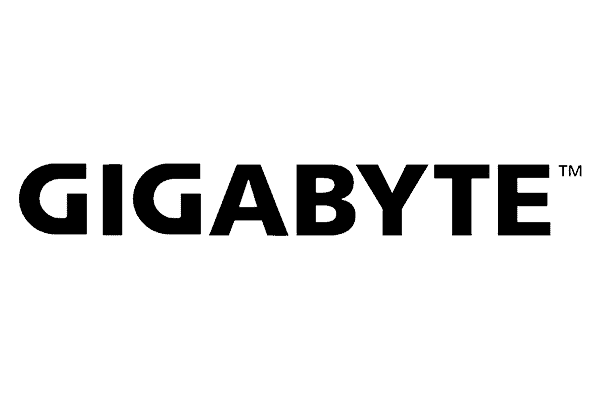
GIGABYTE Radeon RX 7800 XT GAMING OC
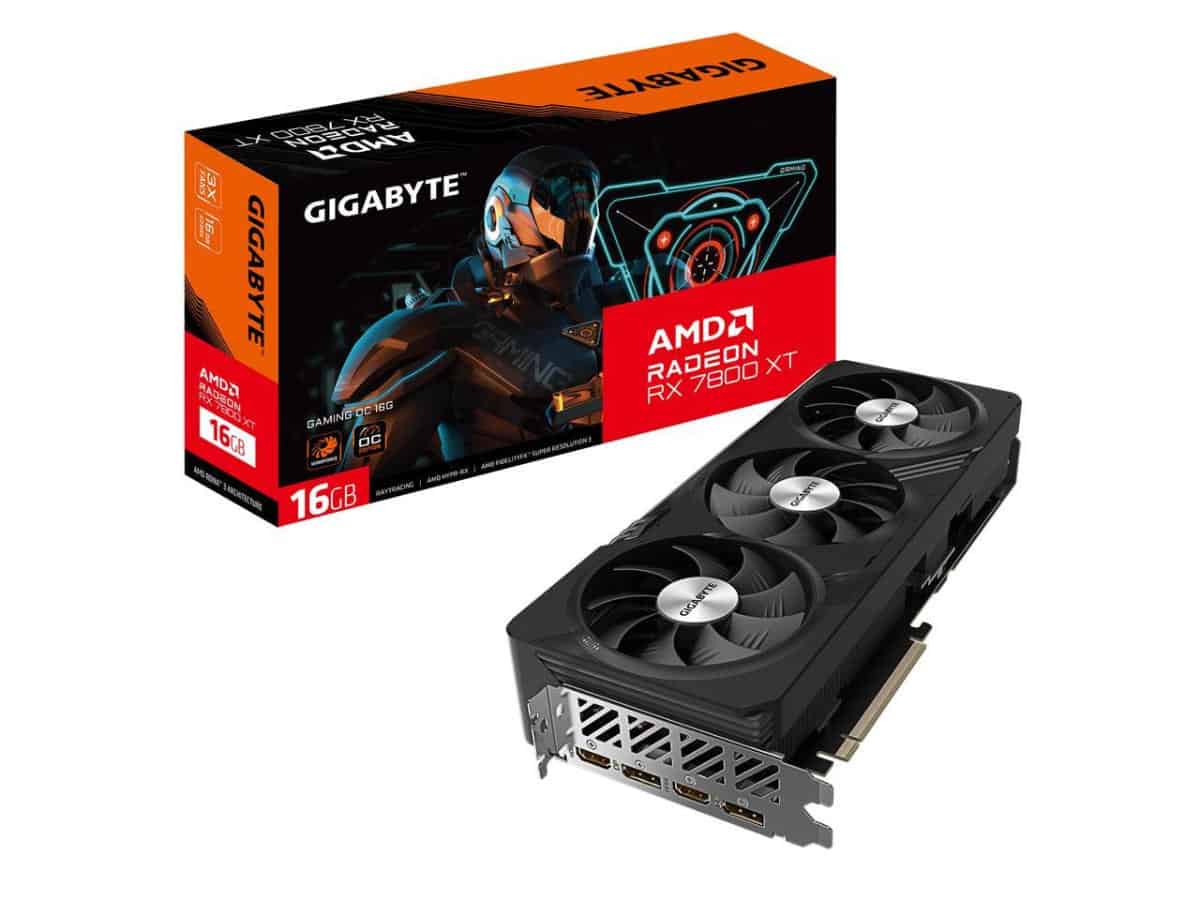
Core clock speed
2,565MHz boost, 2,254MHz game
Stream processors
3,840
Memory
16GB GDDR6
Dimensions
302 x 130 x 56mm
PSU required
700W
TBP
263W
- OC card but still priced at MSRP for better performance at the same price
- Dual BIOS button and robust design of the card
- Side RGB that has no button but requires software to control
At the top of the list for the best GPU under $500 we have the RX 7800 XT, one of the core GPUs in the RDNA 3 lineup, it comes with a great value for the performance it has to offer. A little late to the pass, it has got plenty to offer in terms of raw performance and the features on offer for the reasonable price of $499.
The GPU features the Navi 32 XT processor, employing an MCM design utilizing TSMC’s 5 and 6nm processes. It boasts 3,840 stream processors, 240 TMUs, 60 Compute Units, and 60 RT cores. Running at a base clock of 1,295MHz, a game clock of 2,125MHz, and a boost clock of up to 2,430MHz. With a VRAM capacity of 16GB GDDR6 and a 256-bit bus, it delivers a bandwidth of 624GB/s, all with a board power of 263W.
In terms of performance, TechSpot’s reviews offer insights. Comparable to the 4070 Super, it handles 4K graphics well within the mid-tier GPU pricing range. Yet, being an AMD GPU, it falls short in rendering and ray tracing capabilities compared to Nvidia options. If these features are crucial for you, it might not be the optimal choice. Nevertheless, its lower price point offers a compelling alternative, delivering near-comparable performance while saving you some cash.
Best Nvidia GPU under $500
ZOTAC Gaming GeForce RTX 4060 Ti 16GB AMP
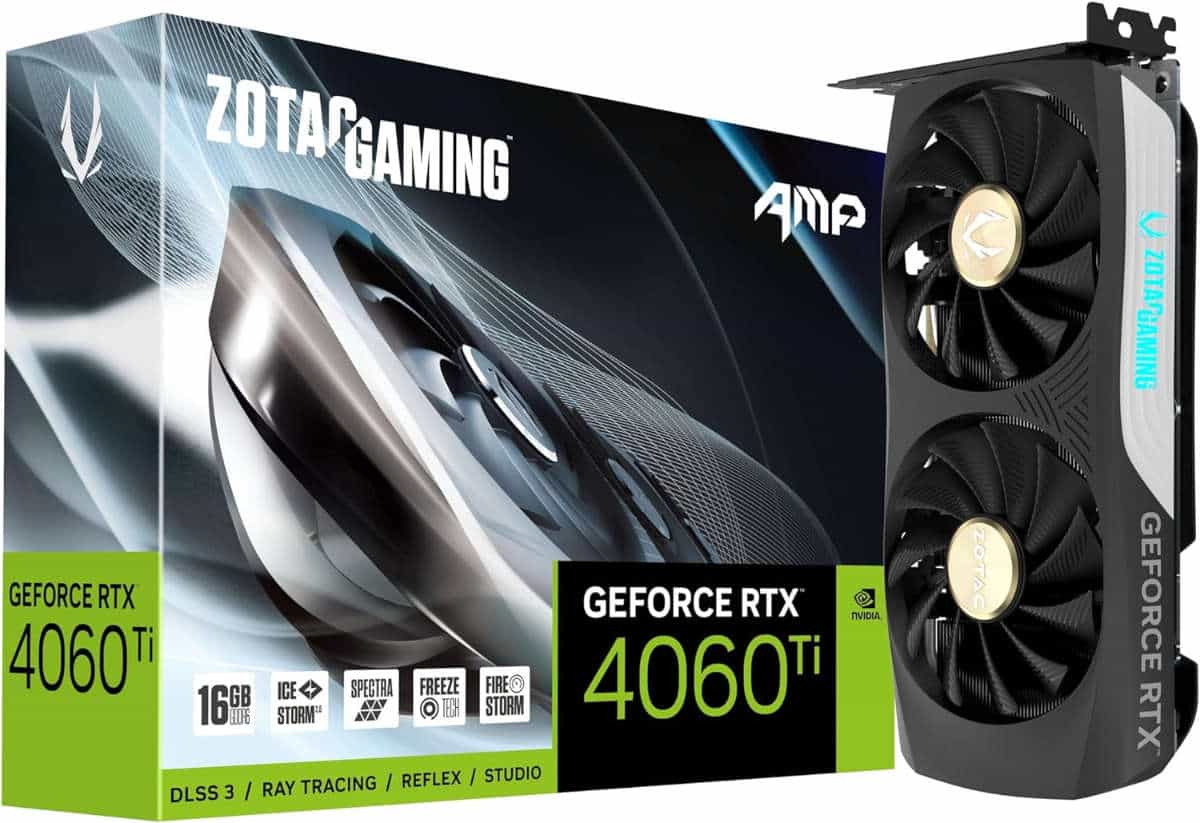
Core clock speed
2,595 MHz boost
CUDA cores
4,352
Memory
16GB GDDR6
Dimensions
225mm x 123mm x 40mm
PSU required
500W
TBP
165W
- Small and compact size
- Good ray tracing and features
- Not quite the big boost over the 8GB modelv
- Weak performance for the price, with limited bandwidth
Now for an Nvidia GPU, we go for the RTX 4060 Ti 16GB. Yes, it hasn’t been the best-reviewed option, but the price of the Zotac model in particular is a lot lower and closer to the 8GB model instead, making it just a touch more appealing. At this price point, it’s the top choice to get any Nvidia RTX GPU on the Ada Lovelace architecture, as that has its own appeal. With frame generation tech and the ability to use DLSS 3, along with plenty of raw power improvements it is a strong lineup to go for in general.
As we saw in our RTX 4060 Ti 8 GB review the 4060 Tis beat out AMD’s lower tier and you get a good frame rate for 1080p, with 1440p a bit of a tougher battle but still an adequate choice as it gets a steady 60 FPS at a minimum. 4K is certainly out of the range unless you lower the settings enough and use some upscaling alongside it. Either way it does produce a powerful choice for rendering and ray tracing as well if that’s of importance but overall AMDs 7800 XT does perform better.
As for the specs of the GPU, you get the AD106-351 processor. Featuring Nvidia’s TSMC 5nm process it allows for 4,352 CUDA cores, 136 TMUs, 48 ROPs, 34 SMs, 136 Tensor Cores, and 34 RT cores clocked in with a base clock of 2,310 MHz, and a boost clock of 2,535 MHz. For the memory it is 16GB of GDDR6 being utilized and clocked at 18Gbps with a 128-bit bus it does get limited to 288GB/s much like its lower variant. It also comes with a TBP of 165W.
Best last gen GPU under $500
PowerColor Radeon RX 6800 XT Red Dragon 16GB
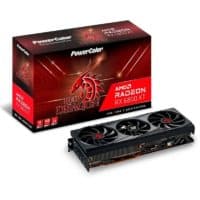
Clock Speed (Base/Boost)
2015MHz/ 2250MHz
VRAM
16GB GDDR6
Ports
HDMI x 1 DP x 3
- Affordable
- The 2X 100mm and 1X 90mm optimized static pressure fan design provides more air flow and better cooling circulation
- Mute Fan Technology
- Budget option
Now looking back to what the older generations have to offer, with RDNA 2 bringing in plenty of price drops you can get even more value from them. Then the RX 6800 XT is still a strong contender at this level with the performance it has to offer, even if it might not have the latest features available to it, Radeon still has a lot available to it in the Adrenaline drivers.
For what the card has to offer, the RX 6800 XT features the Navi 21 XT processor, made with TSMCs 7nm node. It fits inside 4,608 stream processors, 288 TMUs, 128, ROPs, 72 CUs, and 72 RT cores, with a base clock of 1,825MHz, game clock of 2,015MHz, and a boost of 2,250MHz with overclocking potentially available on custom cards. As for the memory it utilizes 16GB of GDDR6 with a 256-bit bus clock in t 16Gbps for a bandwidth of 512GB/s. It does come with a 300W board power as well.
As seen in even recent reviews, the RX 6800 XT is close to its own successor and does well in testing. Holding up well with high frame rates at 1080p and 1440p, whilst 4K is limited unless you turn things down to get even more out of it. It provides gamers with a strong option even if it does not feature the latest tech it still has a good value to it.
How we test and choose the best GPU under $500
When it comes to picking out the best choice of GPU under $500, there are a lot of factors to consider. With our outline of how we test GPUs, we have an extensive testing system when we get hands-on with the cards.
Putting them through heavy testing to see how they perform. Checking out the quality making sure they are built to last, and seeing that they perform as they should. Whilst when we can’t get first hand, we look to other reputable reviews to make sure we know what to offer up. But with our expertise and knowledge, we know what to look for in this ever-changing market.
Best GPU under $500 buying guide
As you look to acquire a cheaper GPU there are a few things to consider. There are a variety of cards to choose from and so we see what you should look out for.
Resolution
For the best GPU under $500, you’re mainly looking at 1440p performance. Which is rising in popularity. But 1080p is still a popular choice so it will be plenty of power to give you a good performance. It is also a good place for a multi-monitor setup. It is also possible to push 4k with some of these cards as well. Which means you can get quite the fidelity out of them. Especially as the pricing of older hardware moves down you can find some good options at that price.
Architecture
The differences between cards will be greatest between the architectures. Either generationally, or between manufacturers. So it does depend on what you need newer cards will be more optimized, but they come with a higher cost. Looking back you can find some good pricing for what those cards can achieve. You can find Nvidia has a better optimization for encoding and ray tracing, and usually drivers in general. But AMD has a gamer focus giving you a lot more with it.
Upscaling
Another recent addition to the world of gaming is the upscaling technologies being implemented. Working by rendering the game at a lower resolution it can achieve a higher FPS and then apply an upscale to it to make it try to look similar. Increasing the framerate but lowering the quality a bit.
As well, some of the offerings have to be implemented, DLSS, FSR, and XeSS all have to be added to the game and be supported by the cards from Nvidia, AMD, and Intel. Only AMD’s RSR is capable of running on anything. As this works on the driver level, it can apply to any application that runs below your native resolution.
What is the best under $500 GPU?
Our top choice for a GPU under $500 is the RX 7800 XT, bringing a top-tier AMD choice for a good value and yet a strong performance for the newer-gen choice of hardware. On Nvidia’s side of things it’s a bit more lacking as the RTX 4060 Ti 16GB model is the best choice under $500 in the Ada lineup.
Can you get a decent GPU under $500?
Yes, at $500, you get a good mid-range card capable of 1440p gaming at a minimum with a strong 1080p performance class. But with occasional discounts, you can find more choices that might suit you even more.
Final thoughts
There are some decent picks for the best GPU under 500. Getting into the mid-range you can certainly find some good power for 2k gaming. Although the pricing and ability seem to be a bit lacking even for the Ada lineup even if RDNA 3 is a bit better. The RTX 50 series or RDNA 4 might be the better choice down the line once that comes out.





